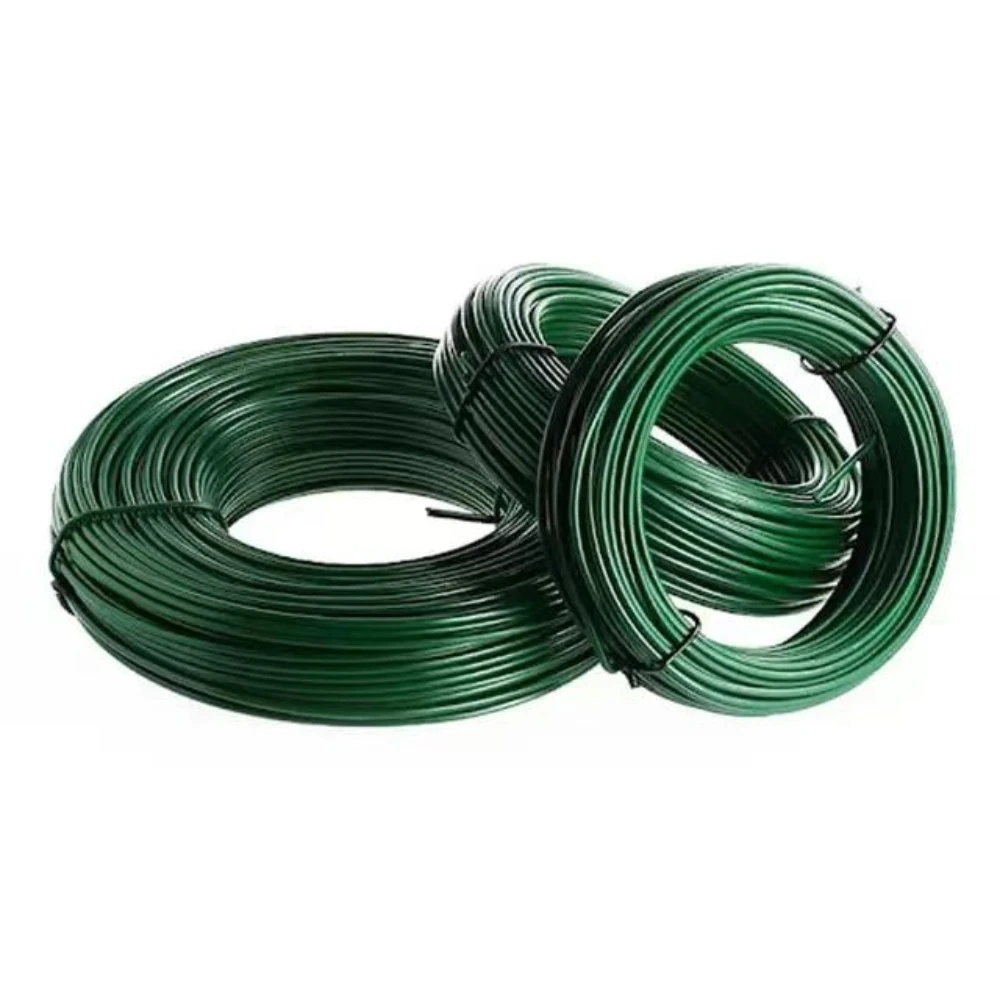steel barbed wire
The Versatility of Steel Barbed Wire
Steel barbed wire has long been a symbol of strength and security, playing a pivotal role in various applications from agricultural fencing to military use. Initially invented in the late 19th century, barbed wire was designed to keep livestock contained, but its utility has evolved over the years, making it an essential material in many sectors.
Composition and Structure
Steel barbed wire is crafted from high-tensile steel, which is both durable and resistant to weather conditions. The wire consists of a central strand with sharp barbs protruding at regular intervals. These barbs serve a dual purpose they prevent passage and deter tampering. The thickness and spacing of the barbs can be adjusted based on the desired level of security, making it adaptable for various environments. The galvanization process often applied to steel wire enhances its corrosion resistance, ensuring longevity and reduced maintenance.
Applications Across Industries
1. Agriculture In the agricultural sector, steel barbed wire is extensively used to fence off cattle and other livestock. Its effectiveness in keeping animals contained not only protects them from straying but also ensures that crops are safeguarded from potential damage. Farmers appreciate its strength and resilience, especially in rural settings where the risk of animal escapes can be high.
2. Security Fencing Beyond agriculture, steel barbed wire is a staple in security applications. Prisons, military bases, and high-security facilities employ it as a deterrent against unauthorized access. The intimidating presence of barbed wire often acts as a psychological deterrent, discouraging potential intruders from attempting to breach the perimeter.
steel barbed wire

3. Construction and Infrastructure Many construction sites use steel barbed wire to secure perimeters and protect expensive equipment from theft. Its ease of installation and effectiveness make it a go-to choice for contractors aiming to enhance site security.
4. Landscaping and Garden Projects In landscape design, barbed wire can create a rustic aesthetic while also serving a practical function. It can be used to enclose vegetable gardens, keeping out animals such as deer and rabbits that may damage plants.
Environmental Considerations
While steel barbed wire offers numerous benefits, it is essential to address the environmental implications associated with its use. The production of steel involves a significant carbon footprint; however, advancements in manufacturing processes are steadily improving sustainability. Moreover, efforts to recycle steel barbed wire at the end of its life cycle are gaining traction, helping to minimize waste and reduce the demand for new materials.
Conclusion
In summary, steel barbed wire has proven to be a versatile and indispensable material in various sectors. From its agricultural roots to its modern-day applications in security and construction, its strength, durability, and practicality cannot be overstated. As industries continue to innovate and prioritize sustainability, the future of steel barbed wire is likely to evolve, ensuring its place as a key player in fencing solutions for years to come. Whether used for practical purposes or aesthetic enhancement, steel barbed wire remains a testament to human ingenuity in the quest for safety and security.
-
Innovations in Razor Barbed Wire Design TechnologyNewsAug.11,2025
-
Roofing Nail Compatibility with Different Metal Roof TypesNewsAug.11,2025
-
Welded Wire Mesh for Rockfall Protection BarriersNewsAug.11,2025
-
Galvanized Wire Corrosion Resistance TestingNewsAug.11,2025
-
3D Fence Solutions Preventing Bird CollisionsNewsAug.11,2025
-
Using Chain Link Fence for Urban Garden SupportNewsAug.11,2025




